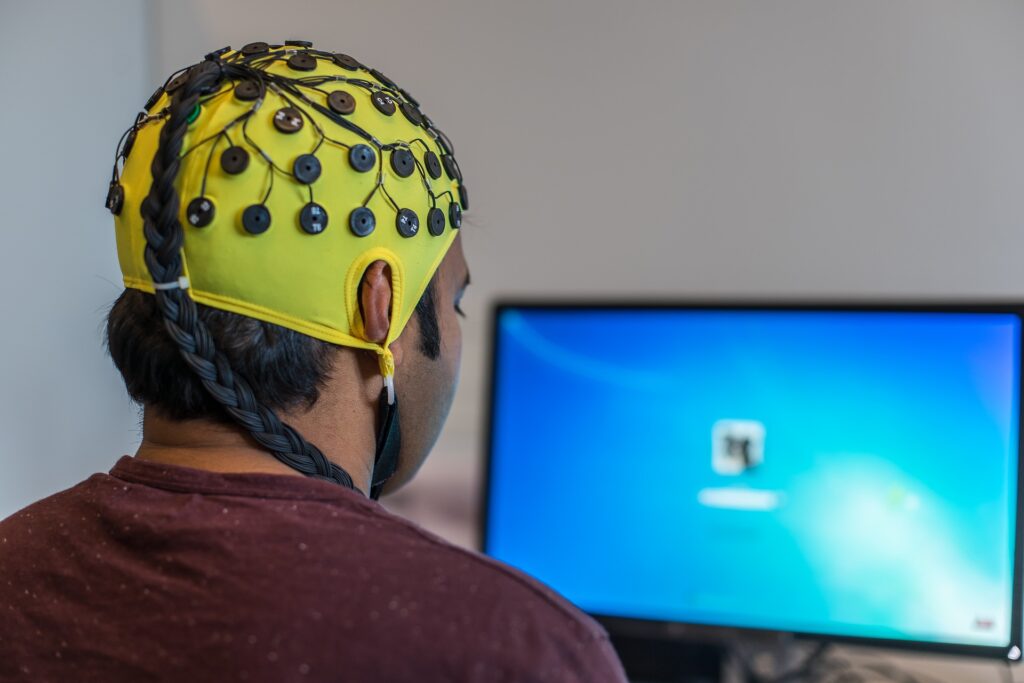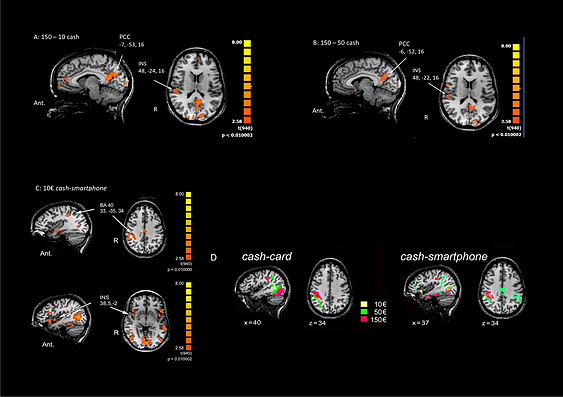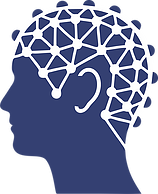Equipment
Electroencephalography

The laboratory at University Politecnica delle Marche also avails of the Starstim® tDCS-EEG systems: a unique and all-in-one solutions for wireless multi-channel brain stimulation and monitoring. The multi-focal tDCS-EEG devices with 20 and 32 channels allows experimental investigations in neuroeconomics, pain, epilepsy, Alzheimer’s, stroke, rehabilitation, depression and addictive disorders.
Functional Magnetic Resonance Imaging


BrainLine research group at UNIVPM also avails of an fMRI laboratory. It consists of a 1.5 Tesla scanner (Signa LX NV/i, General Electric Medical System, Milwaukee, WI) equipped with 50 mT/m gradients with the head restrained in a circularly polarized head coil. After the experimental session, the images acquired are transferred to a Unix workstation (General Electric Advantage Windows 4.2), and then to a personal computer. Data are generally analyzed with the BrainVoyager QX software 2.3 version (BV QX; Brain Innovation, Maastricht, The Netherlands).
The fMRI, thanks to its very high spatial resolution, allows to detect the involvement of subcortical areas (in addition to the cortical ones), thus providing unique insights into the unconscious and emotional processes of the decision making.
Galvanic Skin Response

BrainLine laboratory at Roma Tor Vergata is equipped with iMotions mobile biosensors that allow the recording of the Galvanic Skin Response (GSR).
Electrodermal activity is modulated by the autonomic nervous system. Its assessment can thus provide useful insight into the emotional arousal of a subject
Eye tracking systems

Brain line has two research laboratories, one in UNIVPM the other in Roma Tor Vergata University. Both are equipped with Eye tracking systems, to investigate visual attention, and track visual information processing during decision-making.
The Eye tracking Laboratory at UNIVPM is equipped with an EyeLink1000 system that is a video-based eye tracker at a sampling rate of 1,000 Hz (SR Research Ltd, Canada). Visual stimuli are generally presented on a 17’’ monitor with a resolution of 1024 × 768 pixels. The experiment is generated using the Experiment Builder Application Suite while Data Viewer is used for viewing, filtering, and processing gaze data recorded with EyeLink. The subject’s head is always stabilized by a chin rest.This eye tracking system also tracks pupil dilation, allowing to assess immediate emotional arousal

The Eye tracking Laboratory at Roma Tor Vergata is equipped with the iMotions system. The hardware consists of the SMI REDn Scientific System, which uses infrared light sources and cameras that are integrated into a 15.6-inch monitor (1280 1024 pixels). By means of corneal reflection techniques, the system records the X and Y coordinates of each participant’s eye position at 60 Hz rate. The system compensates for head movements within a 50 cm 30 cm headbox (at 65 cm distance), allowing the participants to look at the screen in a naturalistic manner. The system has a spatial resolution of 0.05° and a gaze position accuracy of 0.4°. The experiment construction, implementation and data analysis occur through the iMotions software
Facial Expression Analysis


BrainLine laboratory at Roma Tor Vergata also avails of the Facial Expression Analysis (FEA) system of iMotions. Using a webcam placed in front of the respondent, facial expression analysis software allows to assess both basic emotions (joy, anger, surprise..), and micro-expressions (opening of the mouth, lifting of the eyebrows), in a non-intrusive way. The data is useful to corroborate or validate metrics of workload, engagement, etc.
Transcranial direct-current stimulation

The laboratory at University Politecnica delle Marche also avails of the Starstim® tDCS-EEG systems: a unique and all-in-one solutions for wireless multi-channel brain stimulation and monitoring. The multi-focal tDCS-EEG devices with 20 and 32 channels allows experimental investigations in neuroeconomics, pain, epilepsy, Alzheimer’s, stroke, rehabilitation, depression and addictive disorders.


